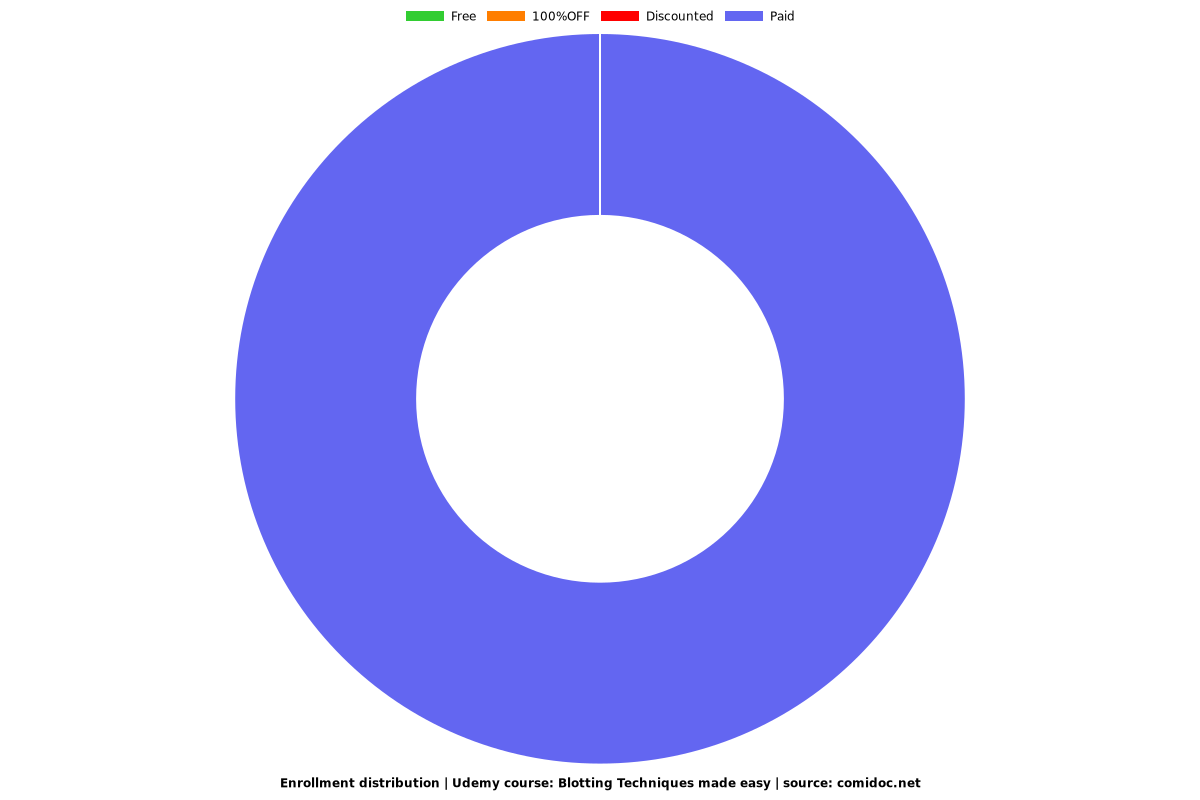Blotting Techniques made easy
Detailed explination

What you will learn
Part 1:Definition and introduction
3 types of Blotting techniques
Southern
Northern
Western
Sothern: 6 steps
Part 2:Sothern Blotting explanation
Part 3:Sothern Blotting 10 steps
Part 4:Applications
strengths and limitations
Part 5: Northern Blotting
steps: 8
Part 6:Norther blotting applications
advantages and disadvantages
Part 7: Western blotting
Dentition
steps
protocol
Data analysis
Part 8:procedure
explanation
Part 9:
what is SNOW Drop
Why take this course?
Part 1:
Definition and introduction
3 types of Blotting techniques
Southern
Northern
Western
Sothern: 6 steps
DNA Digestion
Gel Electrophoresis
Blotting
Probelabelling
Hybridization
Detection
Sothern blotting Diagram
Part 2:
Sothern Blotting explanation
Part 3:
Sothern Blotting 10 steps
Factors affecting
Stringent conditions
Membrane for bloat transfer
Applications
Part 4:
Applications
strengths and limitations
Part 5:
Northern Blotting
steps: 8
RNA isolation
probe generation
Agarosegelelectrophoresis
immobilization
Hybridization
washing
detection
re-probing
diagram
Part 6:
Norther blotting applications
advantages and disadvantages
Part 7:
Western blotting
Dentition
protocol
steps
Western blotting buffer preparation:
sample preparations
Gelelectrophoresis
protein transfer
Membrane blocking
antibody incubation
western blotting detection
Data analysis
W.B diagram
Part 8:
procedure
explanation
Part 9:
what is SNOW Drop
Detecting Phosphorylation States of Proteins
Many proteins are post-translationally modified by kinases, which add phosphate groups to their substrates. Western blotting is great for detecting the presence of phosphorylated proteins. Phosphorylated proteins become heavier, due to the added weight of the phosphate group, so they often migrate more slowly than their un-phosphorylated forms.
Detecting Changes in Protein Levels Across Treatment Groups
Detecting the presence and absence of a protein may seem like a simplistic assay, but when each sample represents a different treatment group, western blotting can be very informative about the amount of each protein in treatment. This also applies to detecting how a certain treatment changes the post-translational modification of a protein (i.e. phosphorylation, ubiquitination, etc.).
Detecting Changes in Protein Levels Across Time Points
Western blotting is incredibly informative for determining the effect of time on a protein. For example, if each sample is a protein mixture of cells that are in different phases of the cell cycle, then western blotting will reveal how much a protein is present or absent during each phase.
Detecting Truncated Isoforms of Proteins
Many proteins are cleaved in order to be activated, or have naturally occurring truncation isoforms. Each isoform may have a different level of activity, a different target protein, or represent a different cellular state. Western blotting is great for detecting the ratio of truncated to normal isoforms of a protein.
Detecting Tagged Proteins
Some proteins are engineered, through the process of molecular cloning, to contain short sequences of amino acids that serve as a tag. Common tags include the HA-tag and the Myc-tag. These tags serve as a foreign protein epitope that does not naturally occur in the biological system being studied. Thus, the tag makes the protein easy to detect compared to all other naturally occurring proteins. An antibody directed to the tag will identify the presence and amount of the tagged protein in the western blot.
and many more in slide explanation
Screenshots
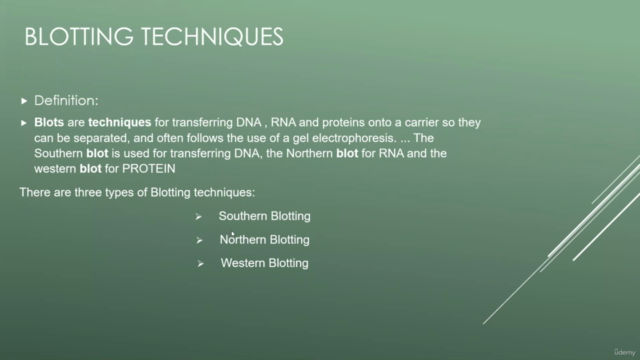


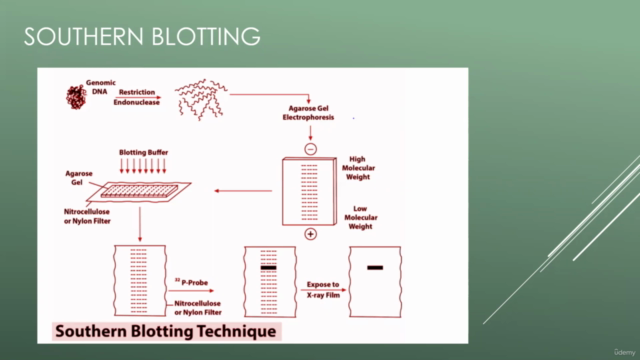
Reviews
Charts
Price
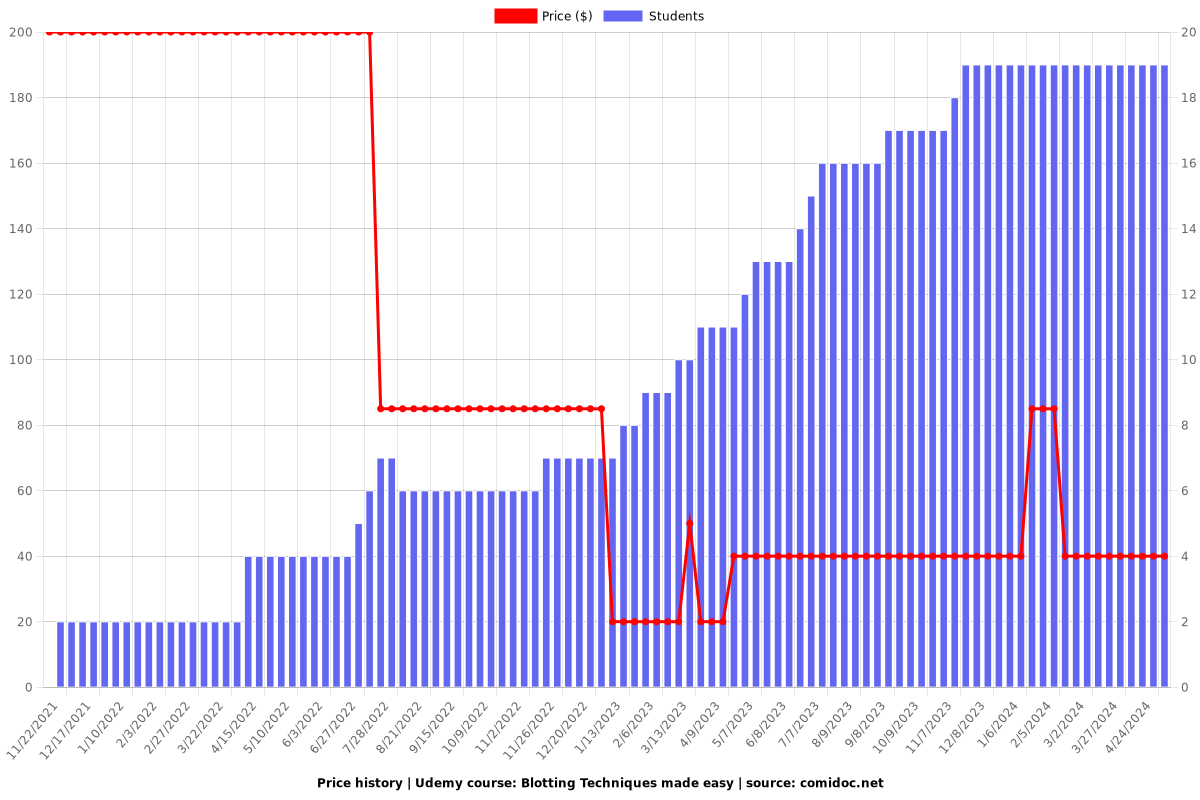
Rating
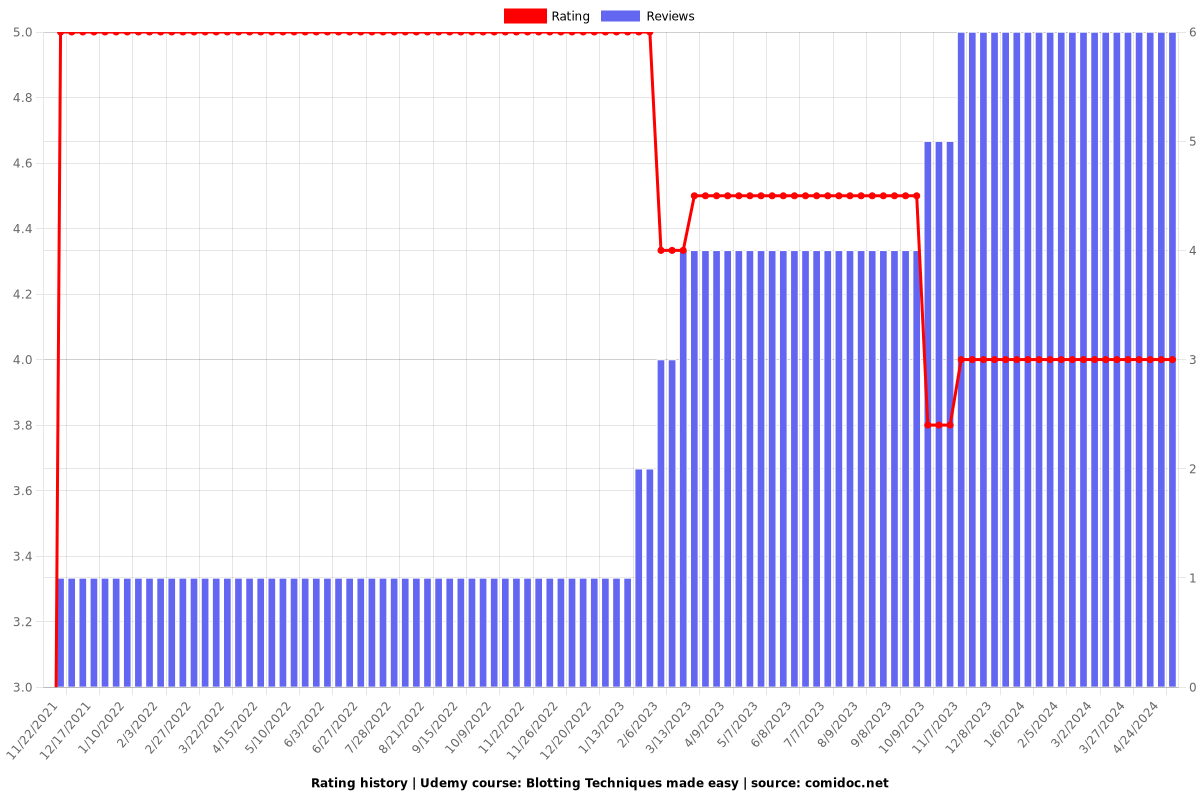
Enrollment distribution
